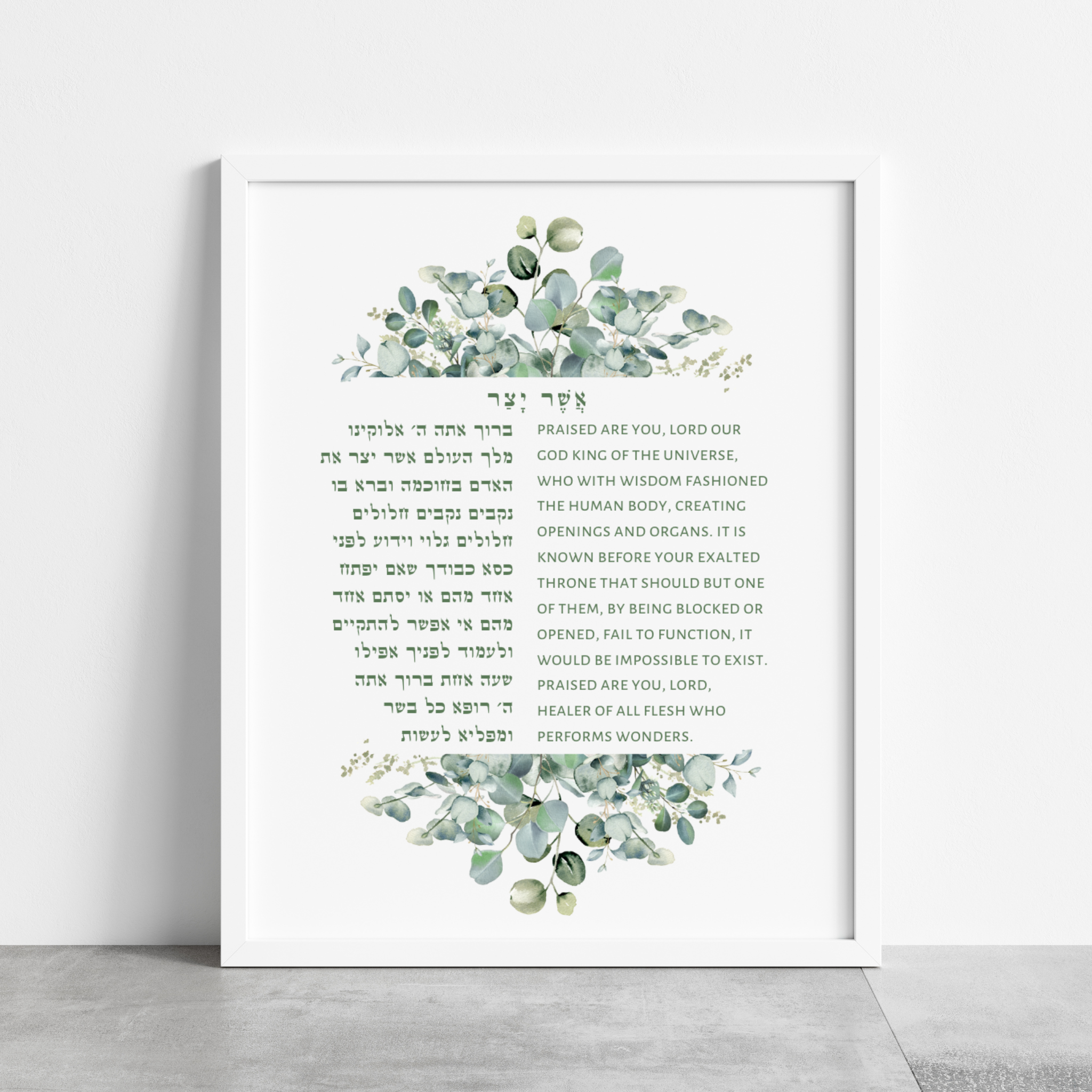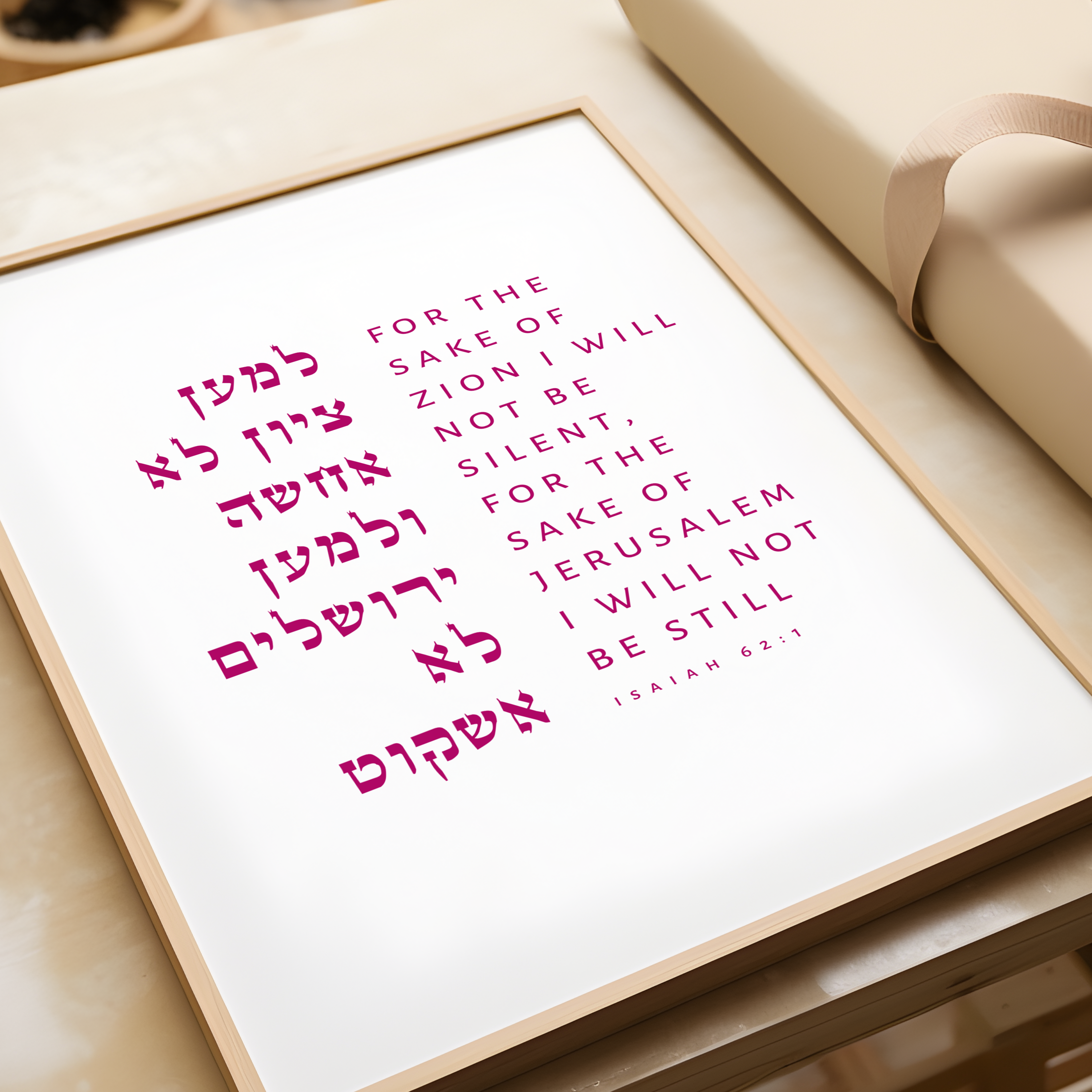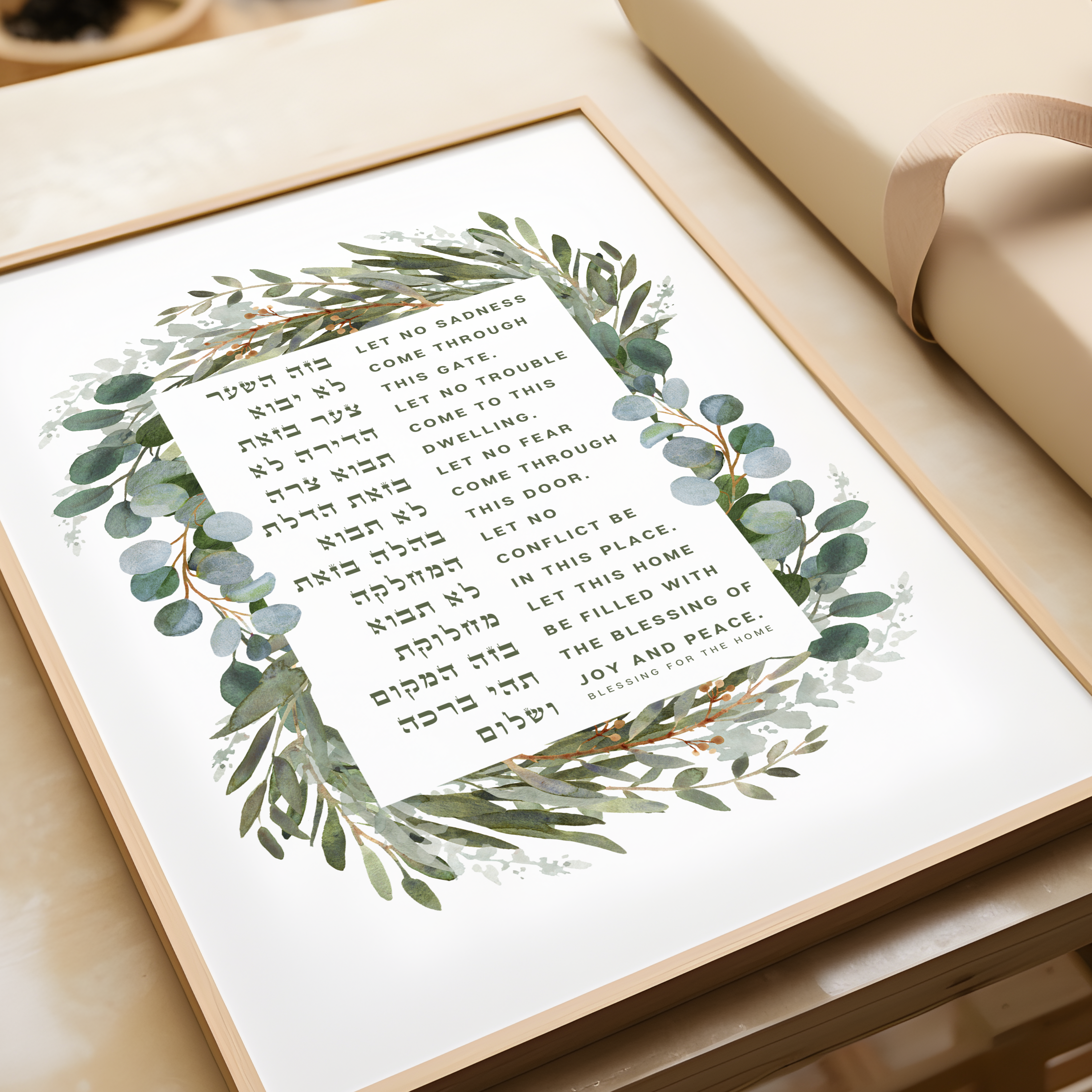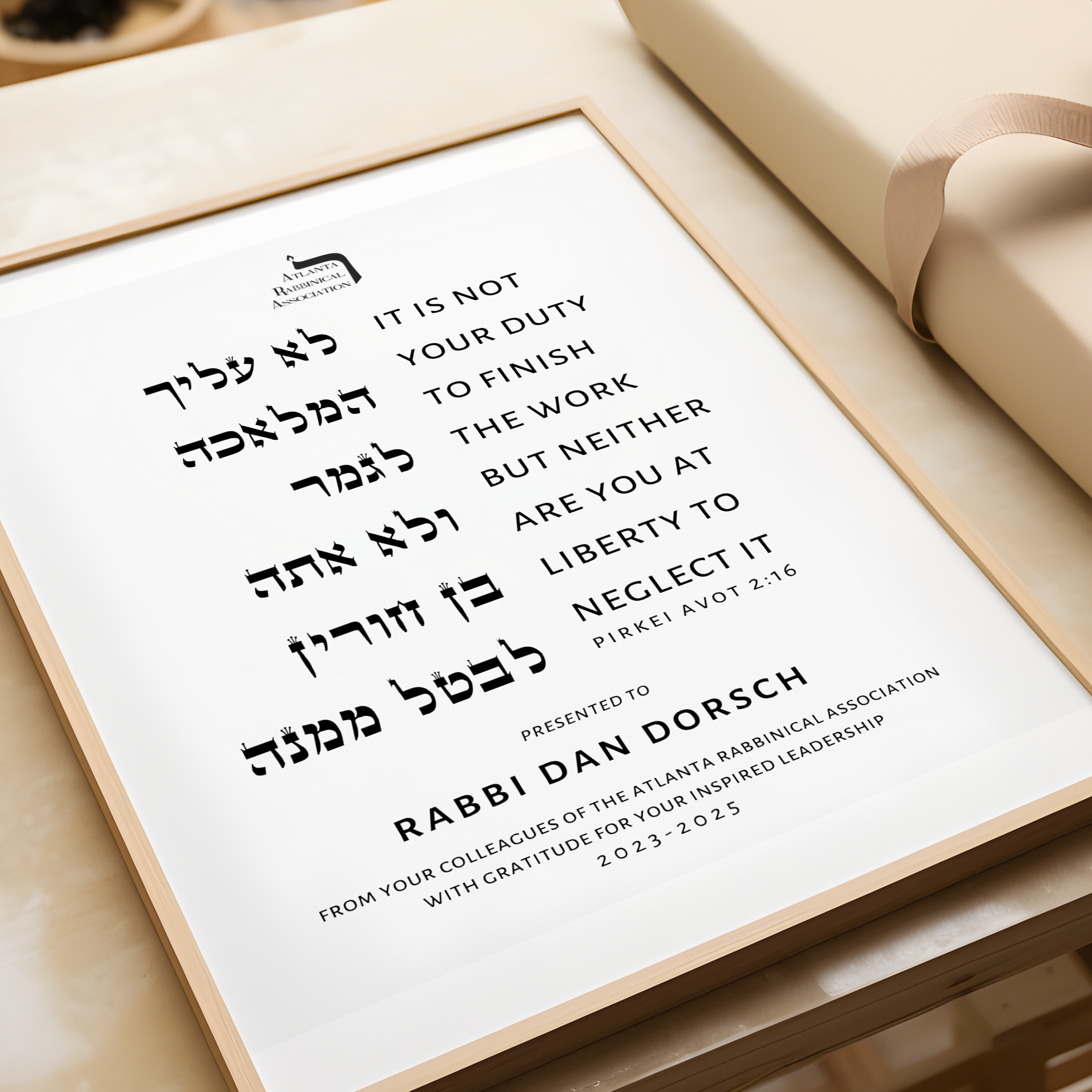The Shema Prayer is one of the most essential and beloved prayers in Jewish tradition. It is recited twice a day, in the morning and in the evening, and is considered a cornerstone of Jewish faith and practice. This article will explore the meaning and significance of the Shema Prayer, its history and origins, and its relevance to contemporary Jewish life.
What is the Shema Prayer?
The Shema Prayer is a declaration of faith in the oneness of God. It consists of three passages from the Torah: Deuteronomy 6:4-9, Deuteronomy 11:13-21, and Numbers 15:37-41. These passages express the fundamental beliefs of Judaism, including the unity of God, the importance of loving and serving God with all one's heart, soul, and might, and the commandment to teach these beliefs to future generations.
Origins and History of the Shema
The Shema Prayer has its origins in the biblical period, but it was formalized as a prayer during the Second Temple period. During this time, the recitation of the Shema became a daily practice for Jews throughout the world. The prayer also gained importance as a symbol of Jewish identity and perseverance in the face of persecution.
Structure and Content
The Shema Prayer is comprised of three sections: The first section, Deuteronomy 6:4-9, begins with the words "Hear, O Israel: the Lord our God, the Lord is one." This passage emphasizes the importance of loving God with one's entire being and teaching these beliefs to future generations. The second section, Deuteronomy 11:13-21, expands upon these themes and provides a warning against turning away from God. The third section, Numbers 15:37-41, instructs Jews to wear tzitzit, or fringes on the corners of their garments, as a reminder of God's commandments.
Significance in Jewish Life
The Shema Prayer is an essential part of Jewish worship and daily life. Its recitation serves as a reminder of God's presence and the importance of following God's commandments. It is also a symbol of Jewish unity and identity, as Jews throughout the world recite the same prayer at the same time. In addition, the Shema Prayer has been associated with numerous customs and rituals, such as kissing the mezuzah upon entering or leaving a Jewish home.
FAQs:
Q. Can non-Jews recite the Shema Prayer? A. Yes, non-Jews are welcome to recite the Shema Prayer, but it is traditionally viewed as a specifically Jewish prayer.
Q. Why is the Shema Prayer recited twice a day? A. The recitation of the Shema Prayer twice a day is based on the Talmudic teaching that it should be recited in the morning and in the evening, when a person is most aware of the presence of God.
Q. Why is the Shema Prayer so important to Jews? A. The Shema Prayer is important to Jews because it expresses the fundamental beliefs of Judaism, including the unity of God and the importance of serving God with all one's heart, soul, and might.
The Shema Prayer is a declaration of faith in the oneness of God and a cornerstone of Jewish faith and practice. Its recitation twice a day serves as a reminder of God's presence and the importance of following God's commandments. The prayer has a rich history and serves as a symbol of
Jewish unity and identity, connecting Jews around the world through a shared tradition and practice. Whether recited in a synagogue or at home, the Shema Prayer is a meaningful and powerful expression of Jewish faith.
Today, the Shema Prayer remains an essential part of Jewish life, reminding Jews of their connection to God and their commitment to living a life of meaning and purpose. Its timeless message of unity and devotion continues to inspire and uplift Jews of all backgrounds, serving as a testament to the enduring power of Jewish tradition.
The Shema Prayer is a vital and beloved component of Jewish faith and practice. Its profound message of faith and devotion has resonated with Jews for centuries, serving as a beacon of hope and inspiration in times of joy and sorrow alike. By reciting the Shema Prayer, Jews around the world reaffirm their commitment to God and to the Jewish people, forging a strong and enduring bond that transcends time and space.








